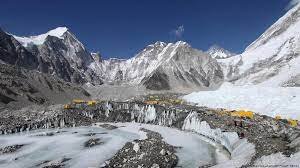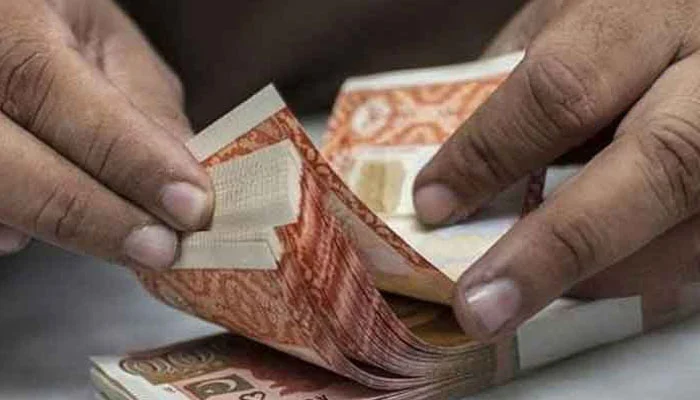KATHMANDU/LAHORE (Reuters/Web Desk) – United Nations Secretary-General Antonio Guterres sounded the alarm on Monday, revealing that Nepal’s majestic snow-capped mountains have seen a dramatic loss of nearly one-third of their ice over the past three decades, primarily due to the relentless impact of global warming. This announcement came in the wake of his visit to the region near Mount Everest, the planet’s highest peak, and serves as a stark reminder of a phenomenon echoing throughout the broader Himalayan region, including Pakistan.
This sobering revelation from the UN Chief follows closely on the heels of a recent UN report which issued a stern warning regarding the perilous state of these glaciers, underscoring the significant risk posed not only to the glaciers themselves but also to the millions of people who depend on them for vital water resources.
“The 90,000+ glaciers of the Himalayas, Karakoram, and Hindu Kush mountains are in imminent jeopardy, as are the nearly 870 million people whose livelihoods are intricately entwined with them,” emphasized the report.
These developments underline the rapidity with which climate change is advancing in Pakistan and neighboring countries, necessitating a concerted global effort to first halt and then reverse this worrisome trend. Pakistan, in particular, has been experiencing diminishing snowfall and shorter winters since the 1980s, indicating that glaciers are melting at a pace exceeding the replenishment of ice during winter months.
Climate experts have identified that the Earth’s average temperature has risen by approximately 0.74 degrees Celsius over the past century. However, the warming observed across the Himalayan region in South Asia has been notably more pronounced than the global averages.
Notably, the glaciers in Nepal, wedged between two significant carbon emitters, India and China, have witnessed a concerning acceleration in their melting rate. According to the UN Secretary-General, these glaciers have melted 65 percent faster in the last decade than in the one preceding it. In a video message recorded after his visit to the Solukhumbu region, Guterres made a heartfelt plea, stating, “I am here today to cry out from the rooftop of the world: stop the madness.” He called for an end to the “fossil fuel age,” warning that the consequences of melting glaciers include the formation of swollen lakes and rivers that could sweep away entire communities, as well as the rapid rise of sea levels.
Scientists have projected that the glaciers in the Hindu-Kush Himalaya could lose up to 75 percent of their volume by the end of the century due to the relentless march of global warming. This would bring about perilous flooding and water shortages for the 240 million people inhabiting this mountainous region.
Climbers returning from Everest have reported that the once-snowy peaks are now drier and greyer. Guterres reiterated, “Record temperatures mean record glacier melt. Nepal has lost close to one-third of its ice in just over 30 years.”
In conclusion, he fervently implored countries to take decisive action to restrict the global temperature increase to 1.5 degrees Celsius, as a crucial step in averting the worst impacts of climate chaos.



